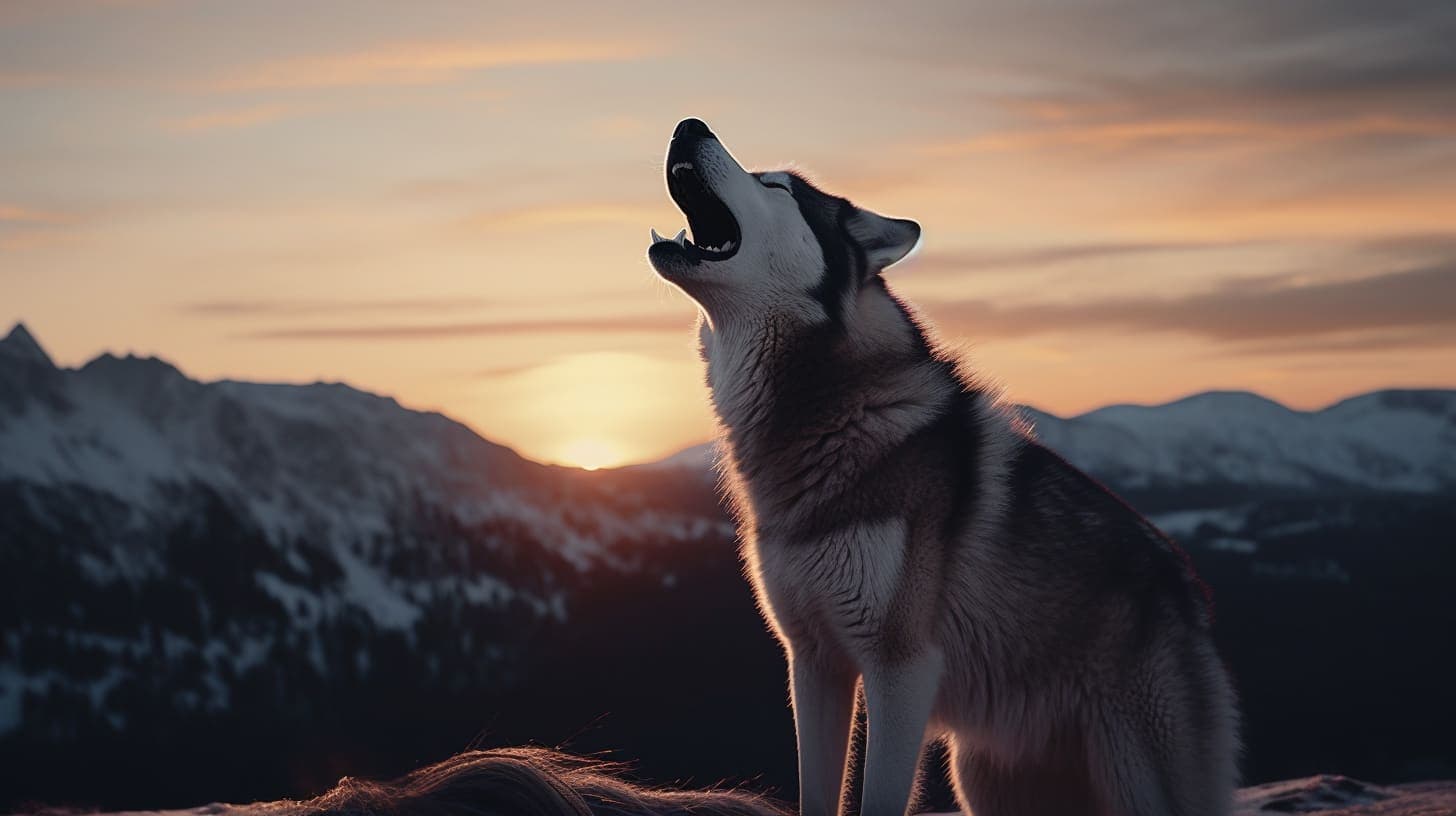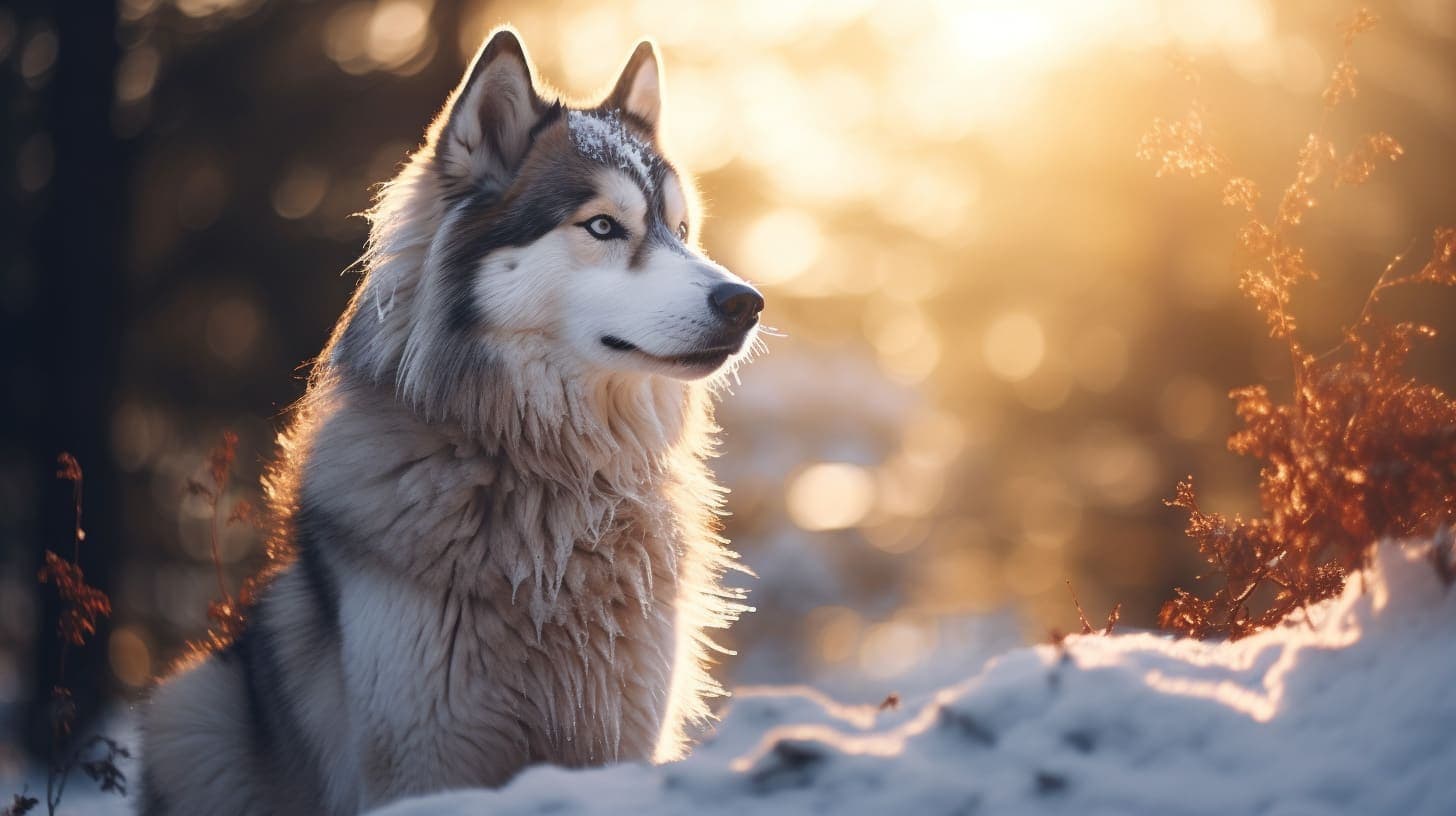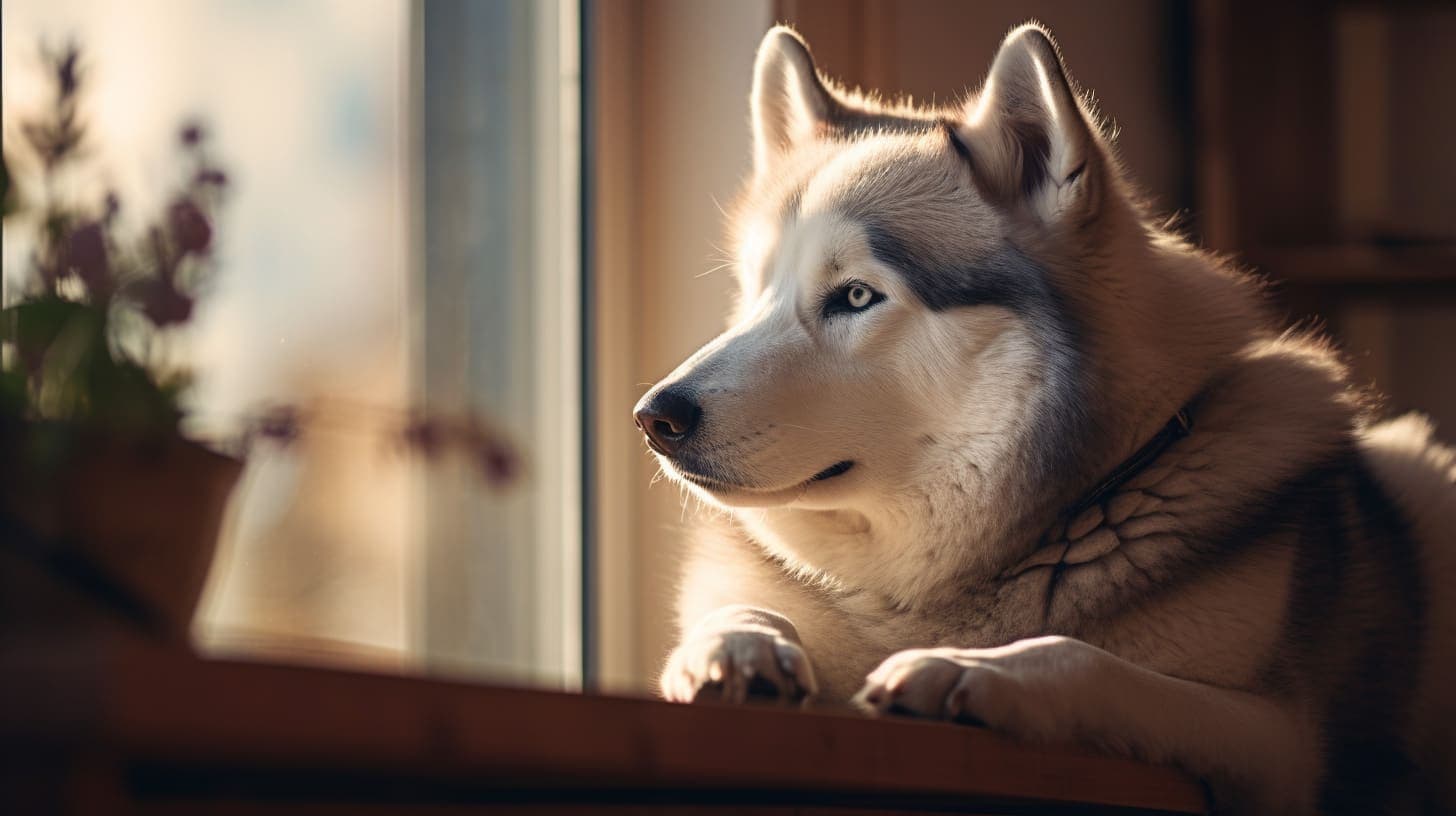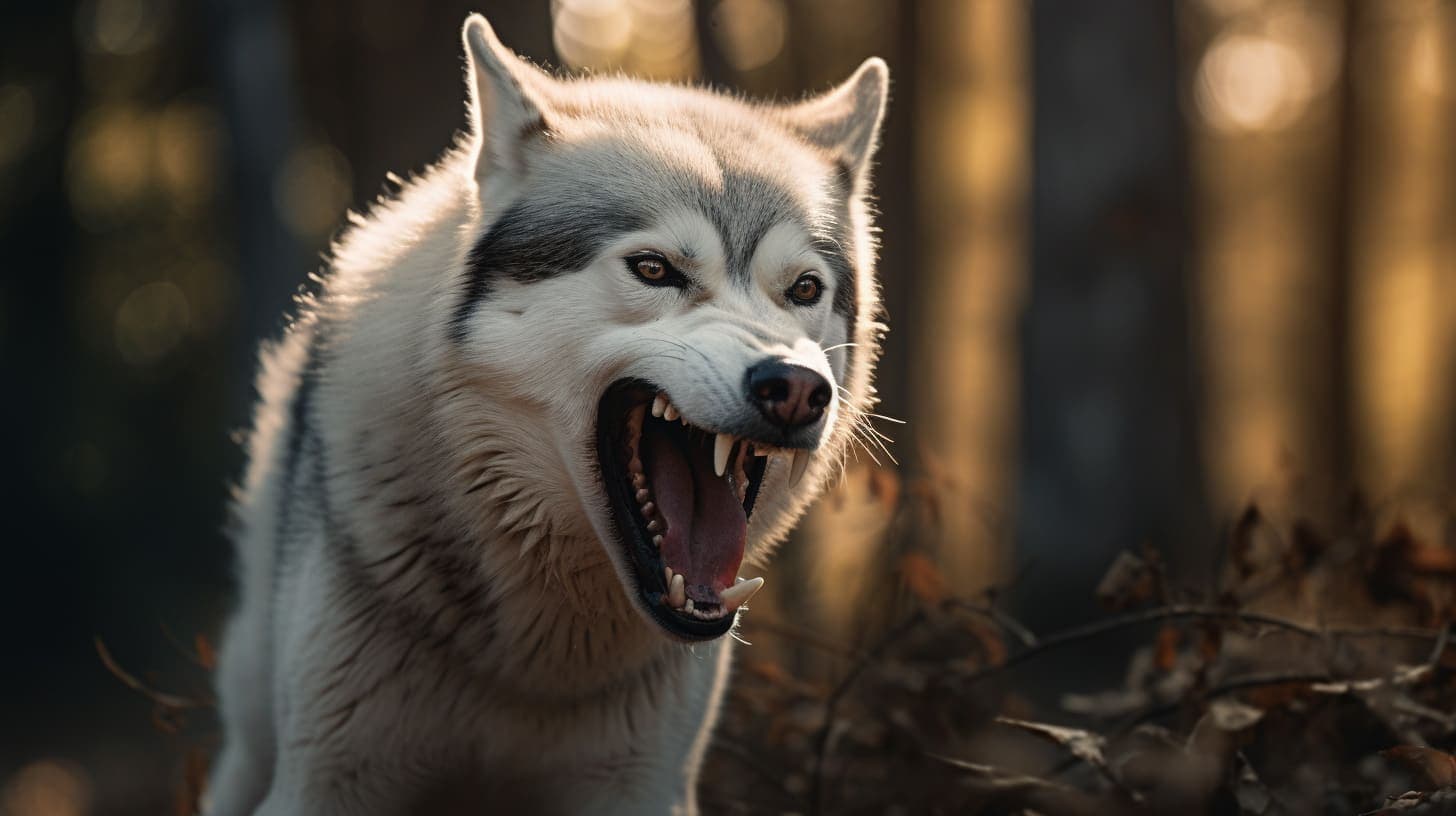Unmasking the Mystery: Why Do Huskies Howl?

Tags
Related Articles

Are Huskies Stubborn? Understanding and Managing Your Husky's Independent Nature
Are you struggling to manage your husky's independent nature? This article delves into the stubborn streak of huskies, offering insights and tips on working with their unique character traits to foster a respectful and rewarding relationship.

Understanding and Managing Separation Anxiety in Huskies
Separation anxiety in Huskies can be challenging. This article delves into why your Husky may be experiencing this anxiety and provides effective management strategies to help your furry friend cope better when you're away. Understand your pet's behavior better and foster a more peaceful environment.

Preventing Aggression in Huskies: Tips and Tricks
This comprehensive guide explores essential tips and techniques for Husky owners to prevent aggression. With expert advice, learn how to cultivate a harmonious relationship with your pet, ensuring they become a well-behaved and loving companion.